How AI Is Powering the Latest Mobile Phones in 2025
May 22, 2025
The smartphone in your pocket has evolved from a simple communication device to a powerful, intelligent hub. Driving this transformation is AI in smartphones, a force that is reshaping every aspect of how we interact with our mobile devices. In 2025, AI-powered phones are no longer a futuristic concept but a tangible reality, enhancing everything from camera capabilities to battery life.
- According to Statista, the AI in smartphones market is projected to reach $75 billion by 2026, driven by demand for smarter, more intuitive user experiences.
- As of 2025, over 85% of smartphones globally integrate some form of AI mobile technology, transforming everything from photography to personal assistance.
This blog post will explore ‘What are the latest AI phone innovations? and delve into the technical intricacies and showcasing the remarkable AI Mobile App features in 2025 that are now common place.
We’ll also touch upon how AI in mobile app development is changing the mobile system, and how an AI mobile app development company like Sunrise Technologies is contributing to global AI advancement through cutting-edge solutions and innovation.
Evolution of AI in Mobile Phones
AI’s journey in mobile phones began with basic voice recognition and has evolved into powerful AI-driven phone innovations,capable of real-time language translation, AI-enhanced cameras, smart assistants, and changed the vision for AI App development for startups.
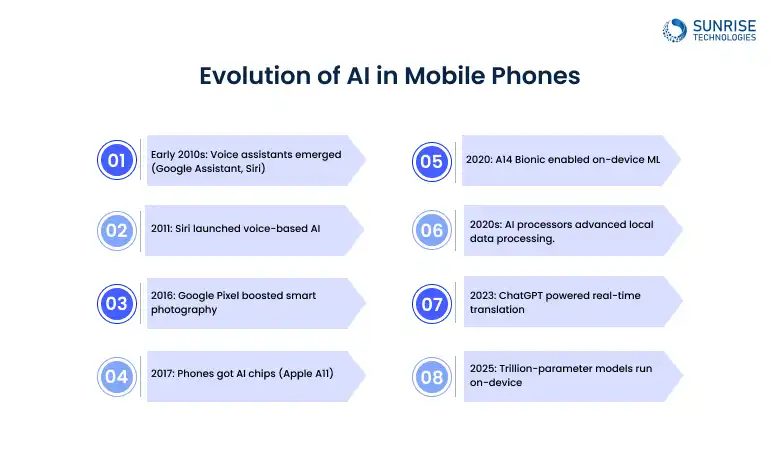
From Voice Commands to AI Chips
- Early 2010s: Google Assistant and other voice assistants entered the scene.
- 2011: Siri laid the foundation for voice-based AI.
- 2016: Google Pixel introduced computational photography, raising the bar for smart camera performance.
- 2017: AI chip in phones emerged (e.g., Apple A11 Bionic).
- 2020: Apple launched the A14 Bionic with a dedicated Neural Engine for on-device machine learning.
- 2020s: Smartphone AI advanced with AI mobile processors and chipsets that process data locally.
- 2023: ChatGPT integration enabled real-time AI-based language translation on mobile devices.
- 2025: AI processors now handle trillion-parameter models locally, unlocking unparalleled speed and intelligence.
How AI Is Transforming the Latest Mobile Phones in 2025
The impact of AI in mobile app development is reshaping how users interact with smartphones, paving the way for smartphone ecosystems that are predictive, personalized, and deeply intuitive.
AI is now at the heart of mobile phone innovation.
Here’s how AI works on mobile phones 2025
AI tracks touch patterns, app usage, and screen interactions to personalize everything from shortcuts to theme colors. It dynamically adjusts brightness, recommends content, and prioritizes notifications based on user habits.
NLP-driven assistants understand the context of your queries, enabling more human-like conversations. They respond with contextual answers, follow-up queries, and proactive reminders based on usage patterns.
AI-enhanced keyboards use deep learning to analyze sentence structures and predict the next word. Contextual Smart Replies generate responses that reflect the tone and intent of the incoming message.
Advanced AI Features Transforming Smartphones in 2025
The latest AI-powered app features for small businesses, 2025 are truly impressive, impacting various aspects of the user experience:
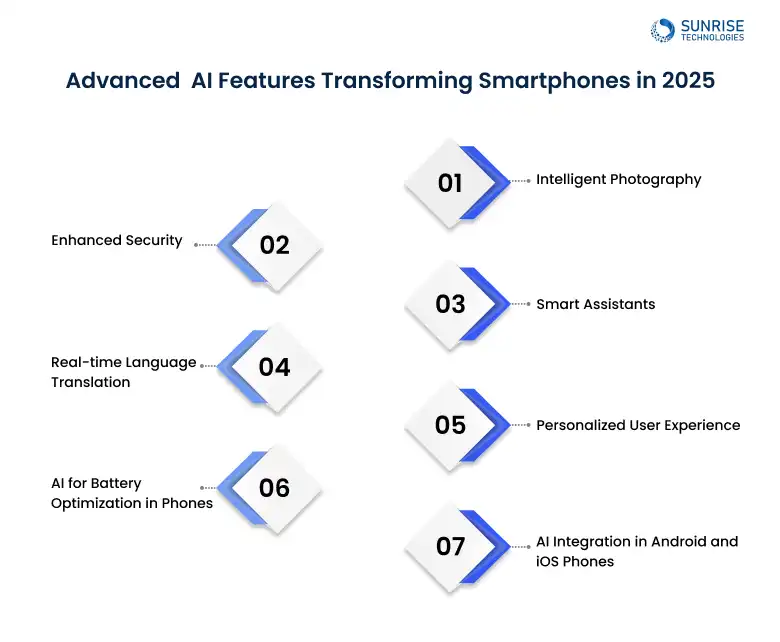
- The AI-enhanced camera in mobile phones is a standout example. AI algorithms can now perform scene recognition, automatically adjusting camera settings for optimal results.
- Features like semantic segmentation allow phones to identify different objects in a scene (e.g., sky, people, trees) and apply targeted enhancements.
- Computational photography techniques powered by AI enable features like improved low-light performance, optical zoom-like quality from digital zoom, and even the creation of artistic bokeh effects.
- AI in smartphones powers advanced biometric authentication methods like facial recognition.
- AI algorithms analyze and learn your facial features, providing a secure and convenient way to unlock your device and authorize transactions.
- These systems are becoming increasingly sophisticated at resisting spoofing attempts.
- Modern virtual assistants have evolved significantly thanks to AI.
- They can now understand more complex natural language queries, learn user preferences over time, and proactively offer relevant information and assistance based on context and routines.
- AI-powered phones can now perform real-time translation of conversations, breaking down language barriers and facilitating seamless communication across different languages.
- This often leverages on-device neural machine translation models for faster and more private translations.
- AI algorithms analyze user behavior patterns to personalize various aspects of the phone experience.
- This includes suggesting frequently used apps, optimizing display settings based on ambient light, and even predicting your next actions to preload apps for faster launch times.
- AI-Enhanced Camera in Mobile Phones
- AI studies app usage and system activity to reduce power consumption.
- Adaptive battery management for longer device uptime.
Let’s break down the AI integration in Android and iOS phones:
- 1. Android AI-based Google Assistant and Now Playing music ID. Smart replies, Digital Wellbeing, and predictive app actions.
- 2. iOS Siri Suggestions and Shortcuts powered by AI. Face ID using machine learning for facial recognition.
Integrate AI-powered features like voice recognition, predictive analytics, and smart assistants to stay ahead in 2025.
How AI in Mobile Phones Benefits Different Sectors
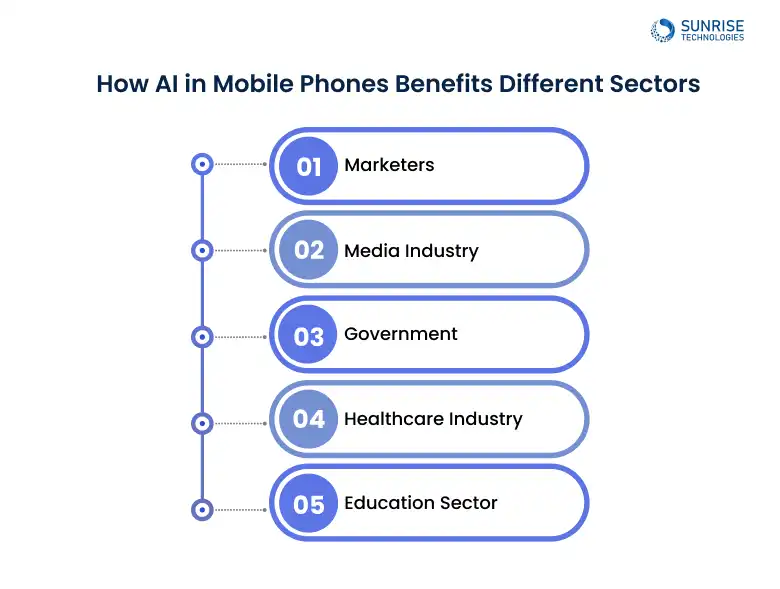
- Hyper-Personalization: AI analyzes user behavior to deliver personalized ads and campaigns in real-time.
- Predictive Marketing: Anticipates consumer intent, helping marketers reach users at the right time with the right message.
- Campaign Optimization: Real-time insights and A/B testing improve ROI and engagement rates.
- AI-Driven Content Curation: Recommends videos, music, articles based on user interest and context.
- Voice & Visual Search: Allows users to find content faster with voice commands or image-based queries.
- Smart Editing Tools: AI-powered mobile apps help creators auto-edit videos, enhance sound, and apply filters.
- Public Safety & Surveillance: Facial recognition and location tracking assist law enforcement and emergency response.
- Digital Governance: AI chatbots in mobile apps improve citizen engagement and public service delivery.
- Smart Data Collection: Mobile AI enables real-time surveys, incident reporting, and data analytics for informed policymaking.
- AI Health Apps: Mobile apps detect symptoms, monitor vitals, and provide instant medical advice powered by AI.
- Remote Patient Monitoring: Smartphones with AI track patient data and notify doctors instantly.
- Early Diagnosis: AI analyzes images, voice, or biometrics to detect health issues like sleep apnea, cough types, or irregular heartbeats.
- Personalized Learning: AI recommends study materials and adapts content based on learning pace.
- Language Learning Apps: Real-time feedback on pronunciation, grammar, and vocabulary.
- AI Tutors: Virtual tutors on mobile provide 24/7 homework assistance and test prep.
Key Challenges and Solutions in Mobile AI Integration
Challenges:
Running complex AI models on mobile devices demands significant computational power, and achieving this while maintaining energy efficiency is a balancing act. Mobile devices have limited processing capabilities, making it difficult to handle AI tasks like real-time image processing or natural language understanding without draining the battery quickly.
Solution:
Real-World Examples:
- AI Mobile Processors: Dedicated NPUs (Neural Processing Units) like Apple’s A17 Bionic and Google’s Tensor enable high-speed processing with low power consumption.
- Edge Computing: Offloading AI tasks to nearby edge devices reduces latency and optimizes performance without straining the mobile device.
- Efficient Algorithms: Optimized AI models ensure quicker data processing with minimal power usage, tailored for mobile constraints.
Challenges:
With AI processing sensitive user data, there are increasing concerns over privacy, especially with features like facial recognition or real-time location tracking.
Solution:
- On-Device Processing: Keeps user data on the device, reducing the risk of exposure during cloud transfers.
- Federated Learning: Trains AI models across multiple devices without sharing raw data, ensuring privacy.
- End-to-End Encryption: Secures data during transmission, protecting user information from unauthorized access.
Challenge:
Deep learning models are often large, consuming significant storage space, and they need to be optimized for performance on mobile devices with limited resources.
Solution:
- Model Compression: Quantization reduces model size by lowering data precision, enhancing efficiency without compromising accuracy.
- Pruning: Eliminates unnecessary parts of the neural network, reducing its footprint while maintaining performance.
- Edge AI Optimization: Tailors models to fit mobile devices' memory and processing limits, ensuring smooth execution on smartphones.
Key Use Cases of AI in Mobile Phones
The impact of AI in smartphones is evident across a wide range of applications:
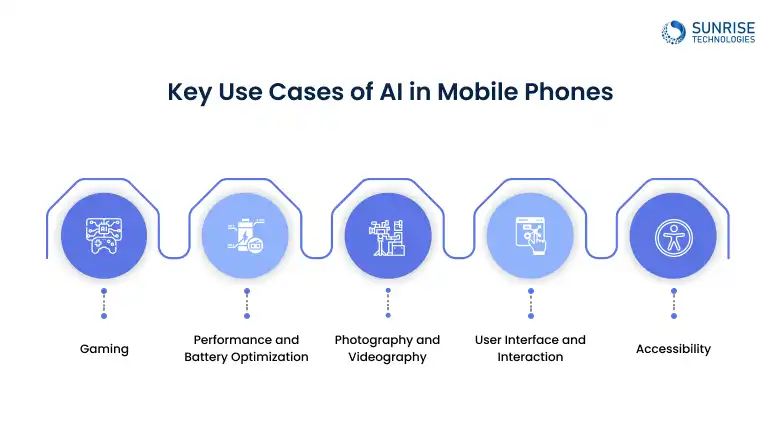
AI enhances the gaming experience through intelligent NPCs (non-player characters) that react more realistically to player actions and AI-driven game difficulty adjustments.
AI for battery optimization in phones analyzes app usage patterns and optimizes resource allocation to extend battery life. AI also manages CPU and GPU frequencies for smoother performance and thermal management.
Intelligent scene detection, portrait mode with bokeh effect, low-light enhancement, object tracking in videos, and AI-powered video stabilization.
Context-aware suggestions, smart replies, predictive text input, and personalized news feeds.
AI-powered features like live captions, voice commands for users with motor impairments, and object recognition for visually impaired users.
We help businesses create intelligent mobile ecosystems tailored to user behavior and market trends.
Real-world examples of how AI is powering the latest mobile phones in 2025
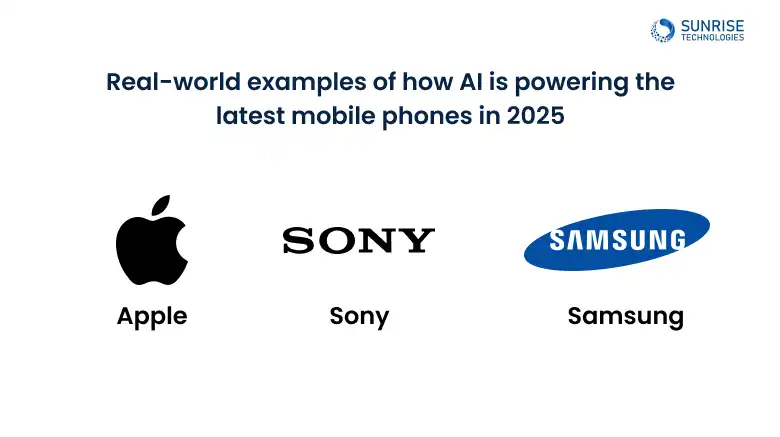
Apple continues to push the envelope with its AI-driven innovations, particularly with the introduction of the A17 Bionic chip. Released with the iPhone 15 in 2025, this chip includes a dedicated Neural Engine that powers multiple AI features seamlessly. One of the standout features is the AI-enhanced camera, which uses computational photography to make photos look better in almost any condition. The chip processes images instantly, optimizing settings like exposure, white balance, and even enabling portrait modes for improved depth and focus, regardless of lighting conditions. Additionally, the A17 chip’s AI capabilities enable real-time object recognition for smarter photo management and even scene recognition that adjusts camera settings automatically.
Sony’s Xperia 2V, launched in 2025, integrates AI in a unique way by enhancing the phone’s audio quality. The device utilizes an AI algorithm that adjusts sound settings in real-time based on the type of content being played (music, movie, or game). It tailors the sound quality to deliver a more immersive audio experience, adjusting parameters like bass, treble, and soundstage. AI also helps in detecting background noise and adjusting the microphone sensitivity for clearer calls. Additionally, with the integration of AI in the camera system, Sony’s Xperia smartphones offer advanced real-time autofocus and intelligent tracking, ideal for users who need superior video and photography features.
Samsung’s Galaxy S25 series in 2025 has taken AI-powered battery optimization to the next level. Powered by the Exynos 2400 chip, which integrates advanced AI, the phone learns user habits and adjusts the battery’s performance accordingly. It can intelligently limit the power consumed by less frequently used apps and optimize power usage for tasks like gaming or video streaming. AI also helps extend battery life by managing system resources and CPU/GPU usage. For instance, if the AI detects that the user typically charges the phone overnight, it can adjust the charging patterns to prevent the battery from degrading over time by only charging it to 80% during the night and finishing to 100% just before the user wakes up.
Sunrise Technologies for AI in Mobile Development
Looking to integrate AI in a mobile app or product? At Sunrise Technologies, we specialize in crafting intelligent experiences with advanced AI in App Development for startups. If it’s a voice recognition, camera enhancements, or real-time recommendations, our AI automation experts can tailor scalable AI solutions for Android and iOS.
Why Choose Us:
- Experts in AI phone innovations and on-device intelligence.
- End-to-end development using the latest AI mobile technology.
- Customized AI mobile app solutions using cloud and edge AI frameworks
- Proven Track Record of Successful AI Mobile Projects
- Seamless Integration with Existing System
- Top AI Mobile App Development in Australia and the USA
Wrapping Up:
AI is changing the way we use our smartphones, making them smarter and more intuitive than ever. From AI-enhanced cameras that take your photos to the next level, to intelligent voice assistants that understand you better, the possibilities are endless. As the top AI in mobile app development company, we’re proud to be at the forefront of this transformation, creating innovative mobile experiences powered by the latest AI advancements.
At Sunrise Technologies, the top AI app development company in USA and Australia , we specialize in crafting mobile solutions that harness the full power of AI. So, if it’s improving app performance, creating personalized user experiences, or integrating AI seamlessly into your mobile ecosystem, we’ve got the expertise to help you stay ahead of the competition.
Ready to take your mobile app to the next level? Let Sunrise Technologies lead the way with cutting-edge AI solutions that bring your vision to life!
From face recognition to contextual UX, we craft enterprise-ready AI integrations for Android and iOS.
AI features include scene detection in cameras, adaptive battery usage, real-time language translation, and intelligent UI/UX personalization.
AI is used for photography, voice recognition, app suggestions, power optimization, and user behavior learning.
The cost of AI-powered mobile app development in 2025 depends on features, complexity, and platform requirements. Basic apps may start $10,000, while advanced apps with custom features can range from $25,000 to $50,000+. Partnering with a top AI mobile app development company like Sunrise Technologies ensures high-quality, cost-effective AI solutions for startup mobile apps, tailored to your needs.
Key benefits include improved performance, personalized features, better photography, and efficient power management.
Android focuses on smart replies and contextual actions, while iOS enhances Face ID, Siri, and shortcut automations through AI.
Sam is a chartered professional engineer with over 15 years of extensive experience in the software technology space. Over the years, Sam has held the position of Chief Technology Consultant for tech companies both in Australia and abroad before establishing his own software consulting firm in Sydney, Australia. In his current role, he manages a large team of developers and engineers across Australia and internationally, dedicated to delivering the best in software technology.



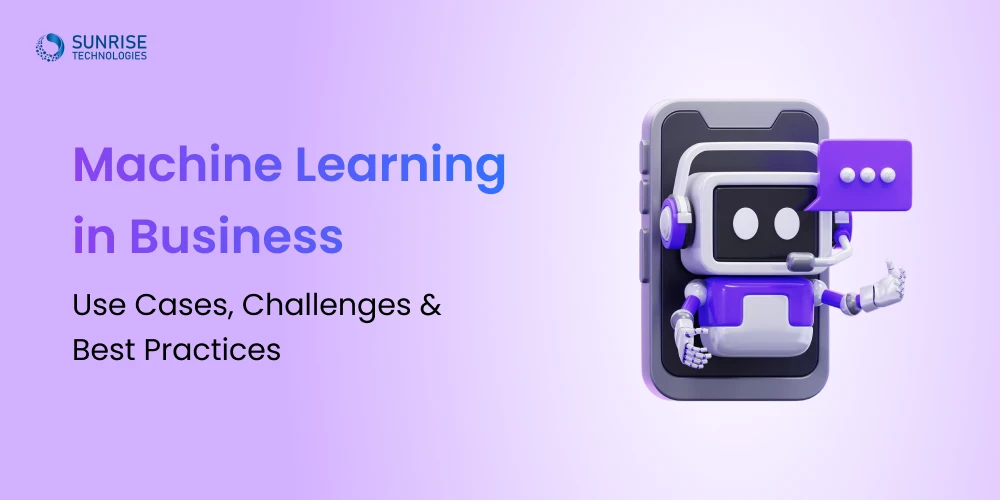
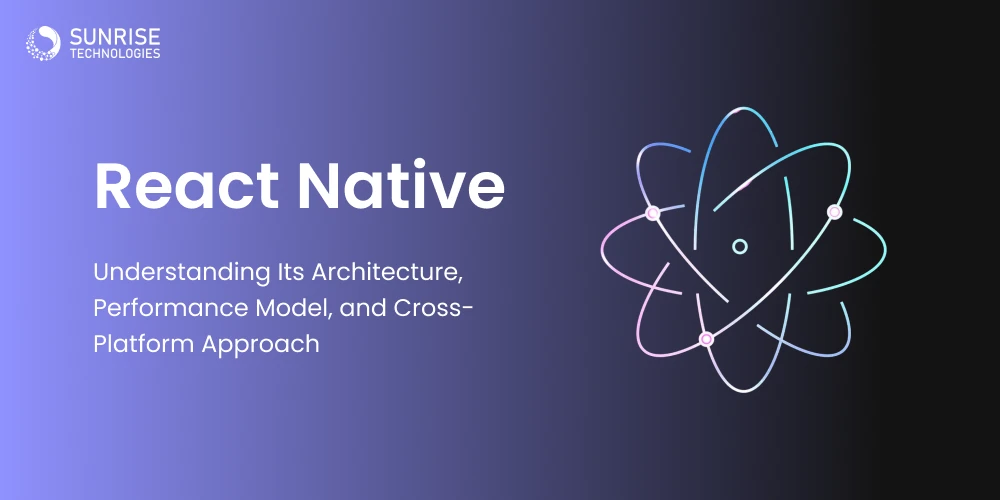
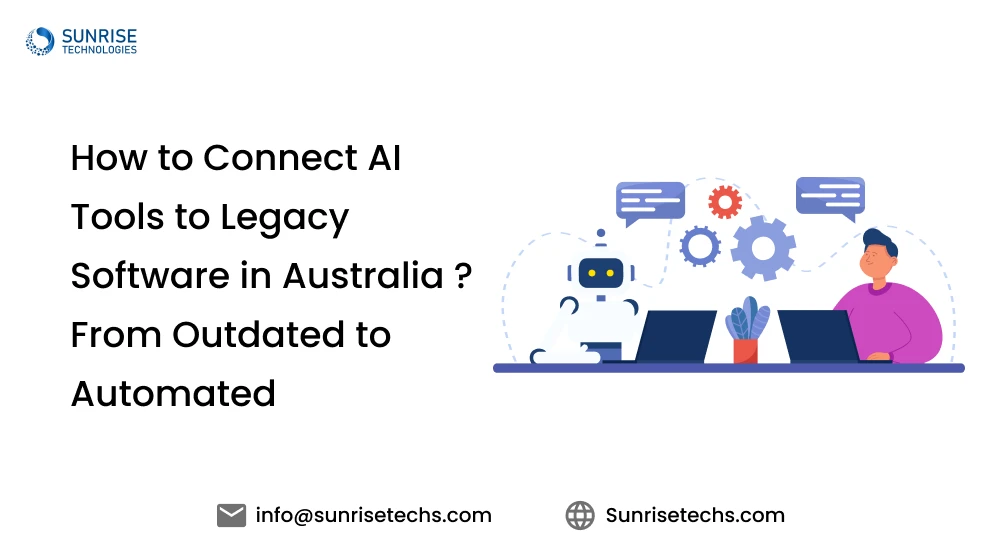
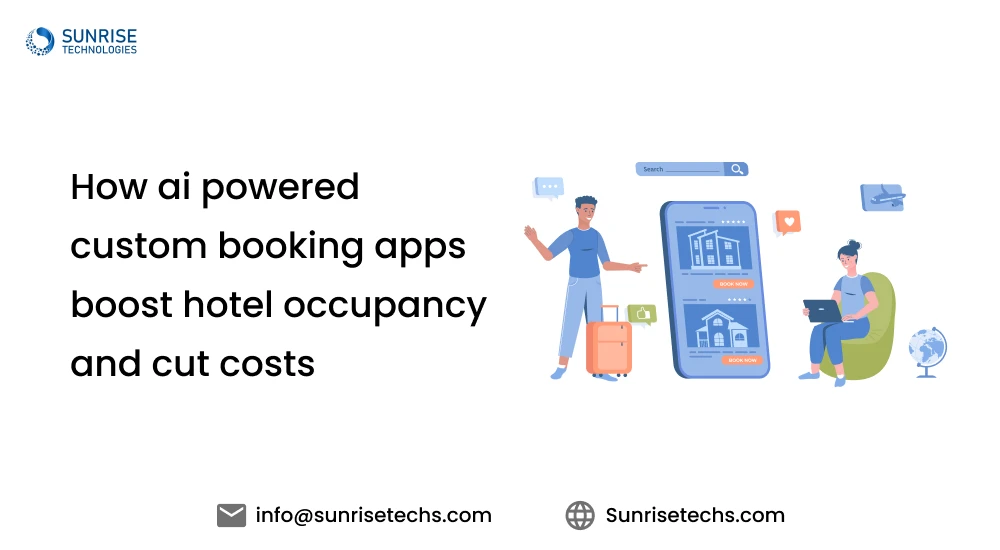
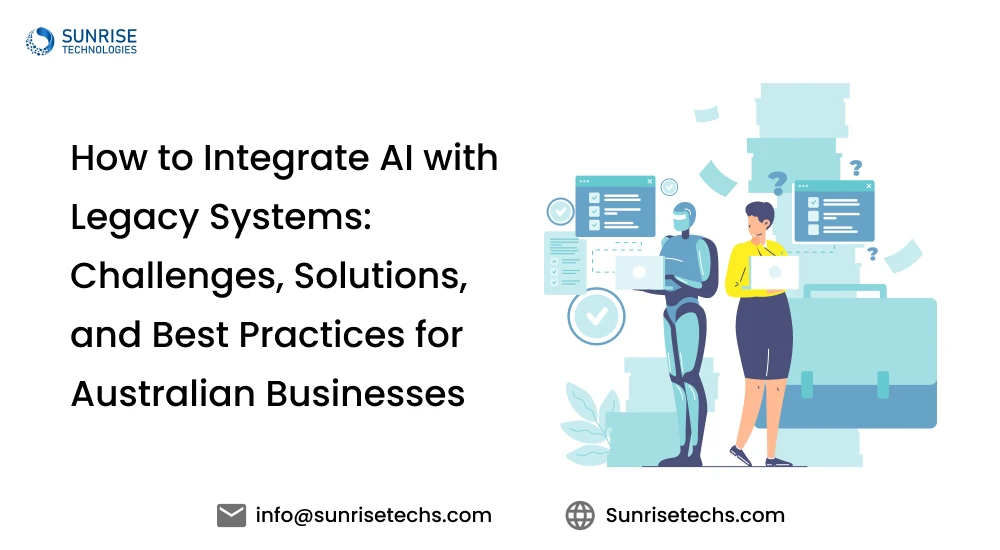

Cloud Based Project Management Platform
Read the challenges we faced and how we helped
View Case Study












